The Fagus Factory in Alfeld
A shoe last factory in the Bauhaus style
For decades, Högl has sourced its shoe lasts from the world’s greatest manufacturer: the Fagus Factory in Alfeld.
There is a building in deepest Lower Saxony that is considered to be the first truly modern building in world history. We’re talking about the Fagus Factory, a shoe last factory in Alfeld. In 2011, the building was added to the UNESCO World Heritage List and it has attracted architecture fans from around the world ever since.


The factory is not just a tourist attraction, however, as it’s still running! To this day, high quality shoe lasts are meticulously produced, as well as moulds for manufacturing shoe soles. If you believe what shoemakers say, then Fagus lasts are the best in the world. Högl has been sourcing its shoes lasts from Alfeld for quite some time now; the wooden, or plastic, forms are what guarantee the perfect fit of a Högl shoe, with ample width and a soft footbed.


Jump-starting modernity
1911, when the Fagus Factory was built, marks the dawn of modern architecture. Actually, it was more of an architectural trendsetter, as the modern “Bauhaus style” only became successful ten years later. Thanks to the company’s forward-thinking founder, Carl Benscheidt, the young architect (and future Bauhaus founder) Walter Gropius was contracted to build the shoe last factory.
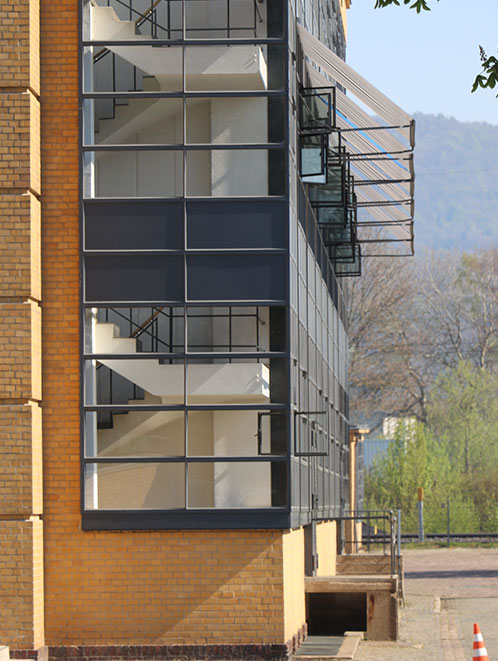

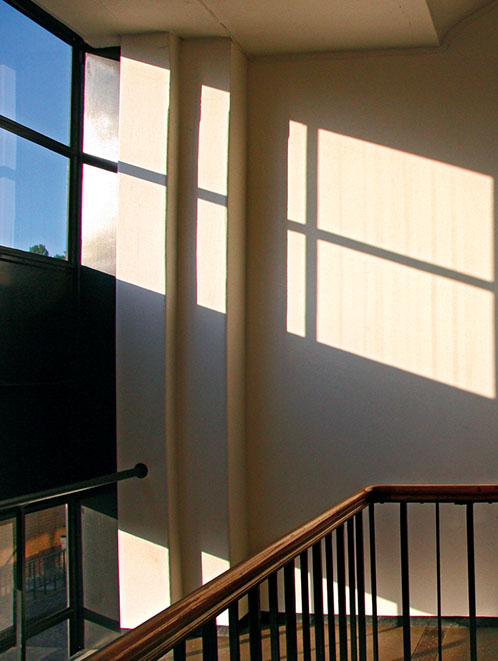

A cohesive masterpiece
For the first time in architectural history, a new concept was applied in the construction of this factory, with the aim of achieving better working conditions and productivity. The idea that architecture and design can, and should, have a positive influence on workers’ wellbeing, and the quality of the goods produced, becomes a reality in the Fagus Factory.
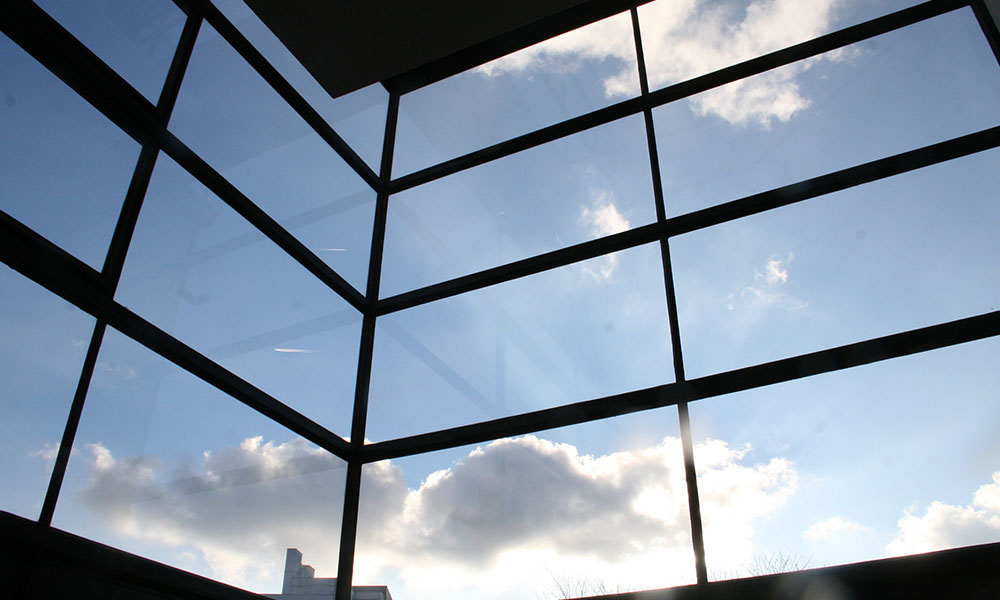

Clean lines, glass and steel dominate the building. Wide window facades and unsupported glazed corners lend a visual lightness and sense of transparency.
The building was designed to be narrow to avoid an overbearing, monumental impression, while the interiors are flooded with light to create a friendly working atmosphere that takes into consideration the needs of the people working inside. Between 1982 and 2002, the factory was completely restored, bringing it back to its original state.
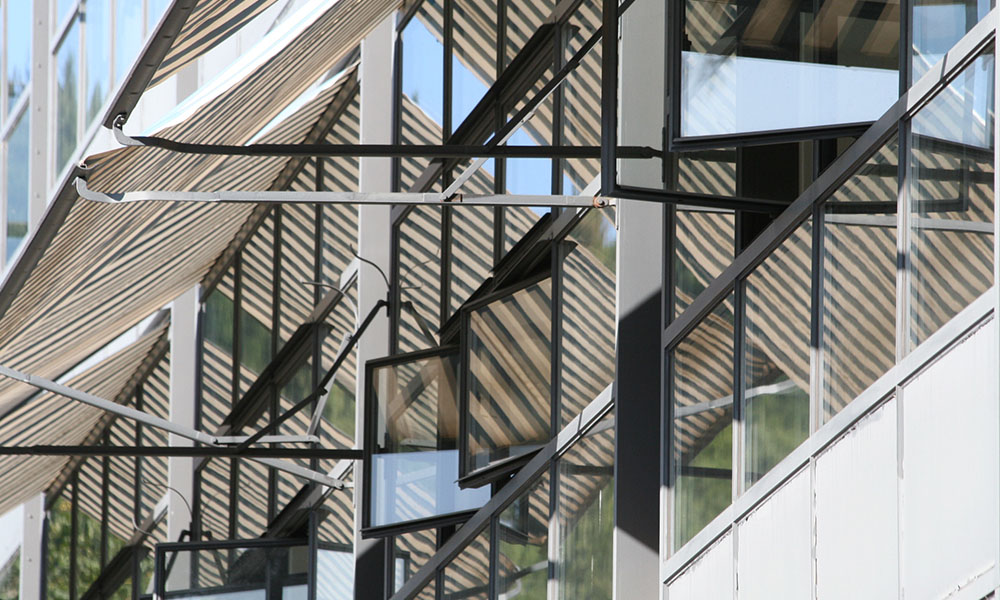

World heritage
Nine years ago, the Fagus Factory was added to the World Heritage List and has since become one of the few internationally recognised World Heritage Sites that are still in full working order. Anyone interested can visit the building: the Fagus-Gropius exhibition in the former warehouse, for example, gives insights into the history of the company, as well as Bauhaus and the life and work of Gropius and Benscheidt. The basement also hosts temporary exhibitions. As well as offering interactive, multimedia exhibits, the UNESCO visitor centre also outlines the Fagus Factory’s importance as a UNESCO World Heritage Site. The model cellar contains interesting information about how shoe lasts are designed and produced.
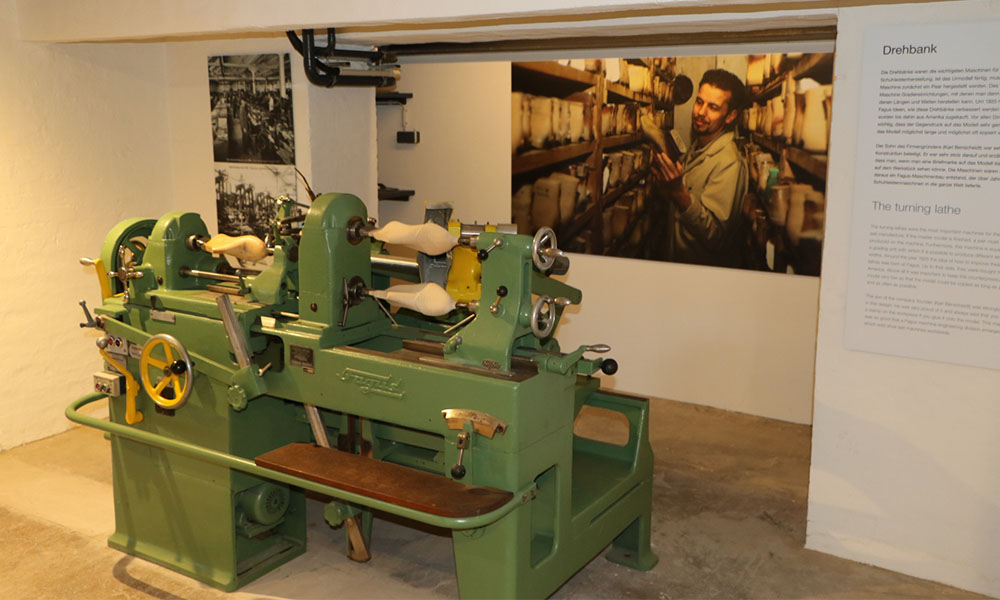

The factory can be explored alone with a video guide or you can go on a fascinating guided tour. While shoe lasts are produced during the week, there are cultural events taking place regularly at weekends in the factory hall.
